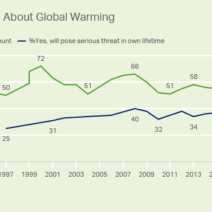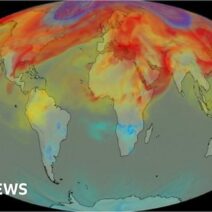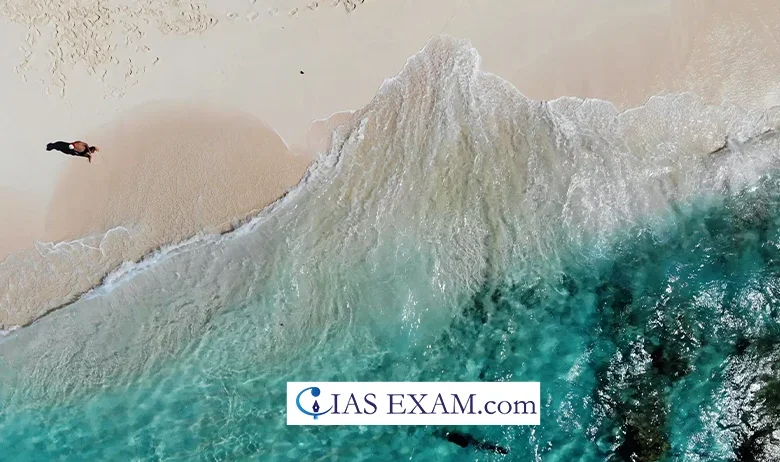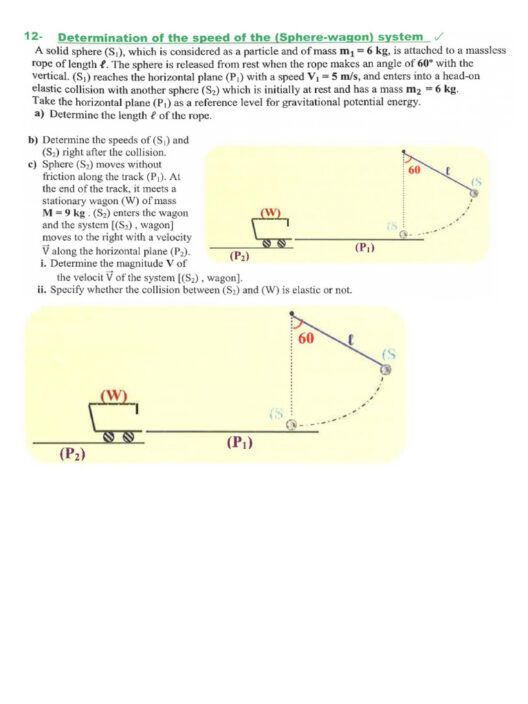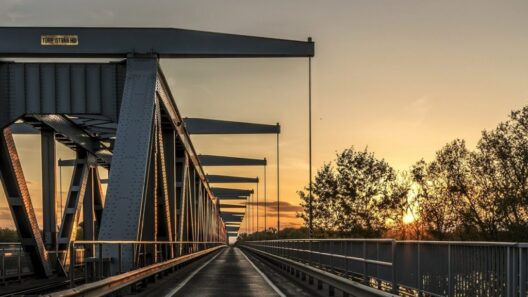Indonesia, an archipelago of over 17,000 islands, is not only renowned for its breathtaking landscapes but also for its multifaceted challenges stemming from climate change. Among the most pressing concerns is the phenomenon of rising sea levels, which poses an existential threat to its coastal communities and rich biodiversity. As approximately 60% of Indonesia’s population resides within 100 kilometers of the coast, the stakes are extraordinarily high.
The mechanics behind rising sea levels are relatively straightforward yet profoundly alarming. Global warming initiates a twofold process: the melting of polar ice caps and glaciers, coupled with the thermal expansion of seawater as it warms. Consequently, projections indicate that by 2050, sea levels could rise between 0.5 to 1.5 meters. It is in this context that Indonesia finds itself at the epicenter of a looming crisis.
Jakarta, the capital city, serves as a poignant illustration of this dilemma. The city is sinking at an alarming rate, with some areas descending by more than 25 centimeters per year, exacerbated by excessive groundwater extraction and rising sea levels. In fact, a recent estimate posits that 95% of North Jakarta could be submerged by 2050 if immediate measures are not implemented. The reality is stark: the city is poised to become a modern-day Atlantis.
This predicament reverberates throughout the nation, impacting not just urban centers but also rural coastal villages. Communities that have thrived for generations are now witnessing salinization of freshwater resources, loss of arable land, and an increase in severe weather events. The bewitching beauty of Indonesia’s coastlines is under siege, threatening not only the natural ecosystem but also the livelihoods dependent on fishing and agriculture.
One cannot overlook the cultural dimensions of this crisis. Coastal landscapes have long been steeped in the traditions and rituals of local peoples. As beaches erode and whole villages vanish, Indonesia risks losing not just land, but a vital part of its cultural heritage. The intangible loss of stories, languages, and identities connected to these coastal areas brings to light yet another layer of tragedy intertwined with environmental degradation.
Efforts to mitigate these adverse effects must be multifaceted. Infrastructure projects, such as sea walls and tidal gates, can provide temporary relief, but they come with their own set of complications, including high costs and ecological implications. For example, the installation of sea walls can disrupt natural sediment flow, leading to further erosion in adjacent areas. Ingenious engineering solutions, such as enhancing natural barriers with mangrove restoration or coral reef rehabilitation, present more sustainable alternatives. Mangroves, in particular, act as vital buffers against storm surges while sequestering carbon—a dual benefit for communities and the climate.
The role of government and policy cannot be understated in this discourse. Indonesia’s national government has pledged to take action, yet effective implementation is often hindered by bureaucratic red tape and corruption. Moreover, the decentralization of authority in Indonesia can complicate cohesive responses across regions, leading to fragmented efforts that fail to address the scale of the crisis adequately. Collaborative initiatives that involve local communities, environmental organizations, and private sectors must be encouraged to foster a holistic approach to climate resilience.
Education plays a pivotal role in reshaping public perception and understanding of climate change issues. By instilling knowledge about the importance of environmental stewardship, young Indonesians can become motivated advocates for sustainable practices. Incorporating environmental education into school curricula will empower future generations to value their unique ecosystems and cultivate an acute awareness of their vulnerability. This shift in mentality is essential, for meaningful change often begins at the grassroots level.
The global landscape also underscores the irony of Indonesia’s dilemma. As one of the largest contributors to GHG emissions due to deforestation and land use changes, the nation finds itself in a paradox. Countries around the world are now recognizing that climate change is a borderless challenge necessitating international cooperation. Unfortunately, developing countries often lack the resources or technology to combat these dire issues, even as they play a crucial role in the global environmental equation. This necessitates a concerted effort from the international community to provide funding, expertise, and support for vulnerability assessments and adaptive measures.
Public awareness campaigns can serve as catalysts for engagement, steering conversations not only toward climate change but also toward equity and justice. Indigenous communities, who have long been custodians of the land, often hold invaluable knowledge about sustainable practices. Recognizing and incorporating their voices in discussions about climate adaptation can forge a more inclusive and effective approach to problem-solving.
The narrative surrounding rising sea levels and Indonesia’s vanishing coastlines must evolve. It is not merely a tale of despair but also a story pregnant with potential—a clarion call to rethink our relationship with the environment. Each citizen has a role to play, whether by advocating for policy changes, participating in local restoration projects, or embracing sustainable consumer habits.
In conclusion, Indonesia stands at a crossroads. The convergence of rising sea levels, environmental degradation, and cultural erosion beckons an urgent response. The time is ripe for innovation, community engagement, and international collaboration to sculpt a resilient future for Indonesia’s coastlines. As the waves continue to lap at the shores, they carry with them not just the salt of the sea but also the hope of collective action. It is a chance to redefine our approach to living in harmony with nature, ensuring that underwater fantasies do not become the historical narrative of a once-thriving nation.
